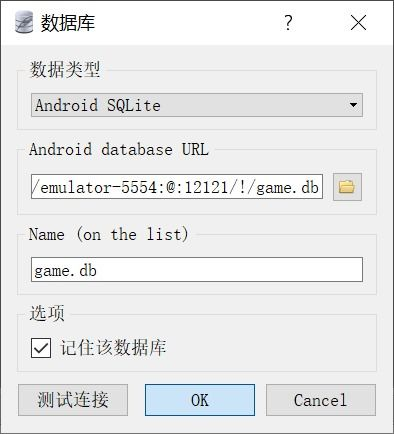Command Line Import of MySQL Database, Step-by-Step Guide
Understanding MySQL Import Process
To begin with, importing a MySQL database via the command line is a straightforward process that requires a few essential prerequisites. First, ensure that you have MySQL installed on your computer or server. You can check the installation by running the command 'mysql --version' in your command line interface. Once you have confirmed that MySQL is installed, you will need access to the SQL dump file (usually with a .sql extension) that contains the data you wish to import.
The command you will be utilizing is 'mysql -u username -p database_name < file.sql'. This command structure allows you to specify the MySQL user, database name, and input the file where your database schema and data are located. Replacing 'username' with your MySQL user, 'database_name' with the name of the target database, and 'file.sql' with the path to your SQL dump file. The system will prompt you for the password of the MySQL user if one is set.
Steps to Import MySQL Database
The following steps outline the process for importing your MySQL database using the command line:
- Open Command Line Interface: Launch your terminal or command prompt where you have access to MySQL commands.
- Change Directory (if necessary): Navigate to the directory where your SQL dump file is located using the 'cd' command.
- Run the Import Command: Enter the aforementioned command 'mysql -u username -p database_name < file.sql'. Replace the placeholders with your actual values.
- Verify the Import: Once the import process completes, you can log in to your MySQL database to check the tables and data using 'mysql -u username -p' followed by 'SHOW TABLES;' within the MySQL environment.
Troubleshooting Common Issues
While importing a MySQL database, you may encounter several common issues, which can be resolved with the following tips:
- Access Denied Error: This usually indicates incorrect username or password. Ensure you are using the correct credentials and have sufficient permissions on the database.
- Database Doesn't Exist: Double-check if the specified database exists. You may need to create it first using 'CREATE DATABASE database_name;'.
- File Not Found Error: Verify the path of your .sql file. Consider using absolute paths to avoid location issues.
- SQL Syntax Errors: If errors arise during the import, they may be due to broken SQL syntax in your dump file. Check the contents of the .sql file for errors.






